Table of Contents
See the sub-pages for examples of the uniform buttons.
History of Defence Forces in Australia
https://en.wikipedia.org/wiki/History_of_the_Australian_Army
Pre-Federation
From the time of British settlement in Australia until the 21st August 1870 the only professional soldiers were members of British Army Garrisons. However, in the six self-governing colonies there had been raised part-time volunteer militia units, even before the British Garrisons’ withdrawal . Professional units began to be raised to staff coastal batteries, such as the fortifications at Port Phillip Heads and the iron clad ship Cerebus which was purchased in 1871. The British were still sending officers to advice the local forces around 1877.
Australians served overseas from the era of the New Zealand Land Wars (1863-1872) onwards, mainly in NZ colonial forces or with the British Army. In 1885 some served in the Sudan War. From 1899-1902 forces served in the Boer War. Naval reservists were sent to China during the Boxer Rebellion.
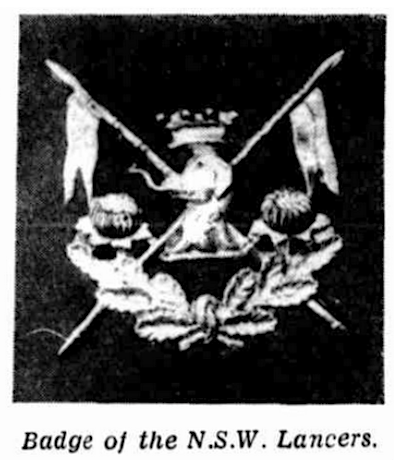
Sydney Mail, 6th May 1936. From the era of the Boer war. It portrays the crest of Lord Carrington, the Honorary Colonel of the unit.
Post Federation
On the 1st March 1901 all paid and unpaid forces were transferred to the new Australian Army. On the 26th December Major General Sir Edward Hutton, a former commander of the New South Wales Military Forces, became the first commander of the Commonwealth Forces. He was tasked with devising an integrated structure for the new army.
After federation Victoria, New South Wales, Queensland, South Australia and Tasmanian naval forces were combined into the Australian Navy’s (AN) Commonwealth Naval Service, which received Royal patronage in 1911. From 1911-1928 the RAN buttons displayed a ‘lazy’ (i.e. tilted) anchor. After 1928 the design was changed and the anchor became upright. Note that an upright anchor associated with a Queen Victoria crown indicates a colonial navy button.
In 1911 it was decided that the Imperial armed forces would develop aviation capacity. Australia established the Australian Avian Corps with a flying school at Point Cook, Victoria, in 1912. By 1914 it was renamed the Australian Flying Corps. It was part of the Australian Army at this stage.
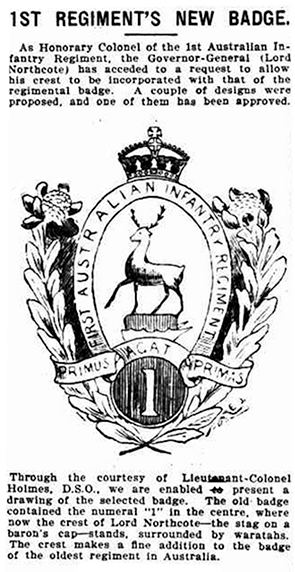
Evening News (Sydney), 26th May 1905 page 6.
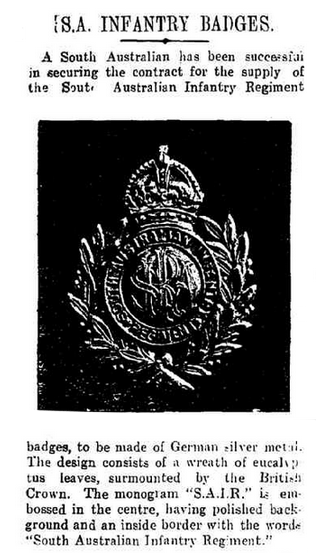
Chronicle (Adelaide), 6th July 1907 page 30.
World War 1
Australia immediately followed Britain into the war against Germany. By legislation the militia were not allowed to serve overseas, so on the 15th August 1914 a volunteer expeditionary Australian Imperial Force (AIF) was formed, with the first men sent from West Australia on the 1st November . By this time the Australian Naval and Military Expeditionary Force (AN&MEF) had already been sent and had seized German colonial posts near Australia. The combined Australian and New Zealand forces (ANZAC) were sent into Gallipoli from 25 April 1915.
By the end of the war 13% of the Australian male population had served, with 18% of those dying and an overall casuality rate (wounded or killed) of 64%. Around 2000 women, mainly nurses, had served.
Interwar period
The AIF was demobilised and officially disbanded on the 1st April 1919. Apart from a small regular army, the focus was on part-time militia. There was limited training, funding and equipment until a Darwin Mobile Force was raised as part of the Royal Australian Artillery in 1938.
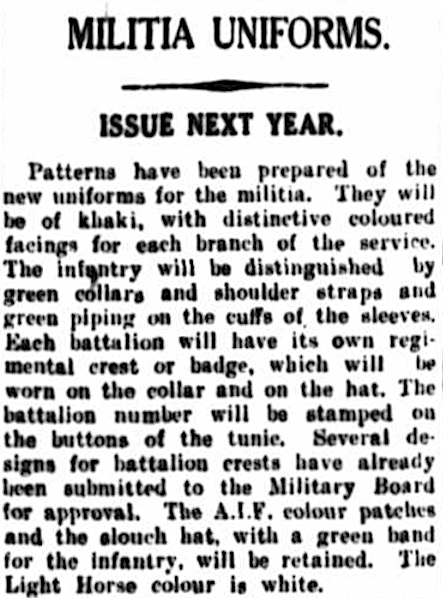
Morning Bulletin (Rockhampton, Qld), 19th December 1929 page 10. despite whar was written, the militia did not get buttons stamped with the battalion numbers until the post WW2 iterations.
In March 1921 the l Australian Air Force (RAAF) was formed, receiving the Royal prefix effective August that year.
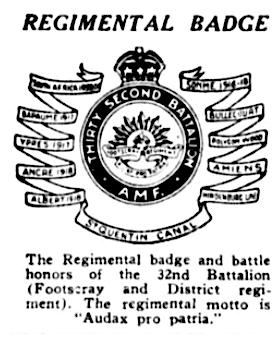
The Herald (Melbourne), 5th December 1929 page 33.

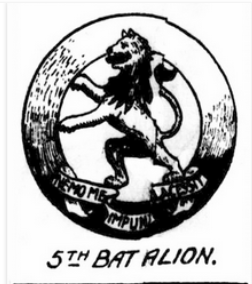
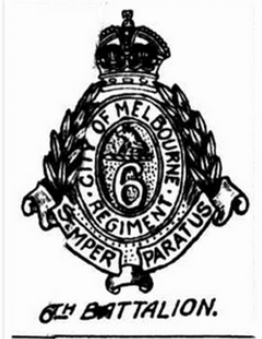
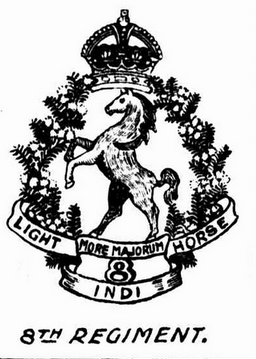
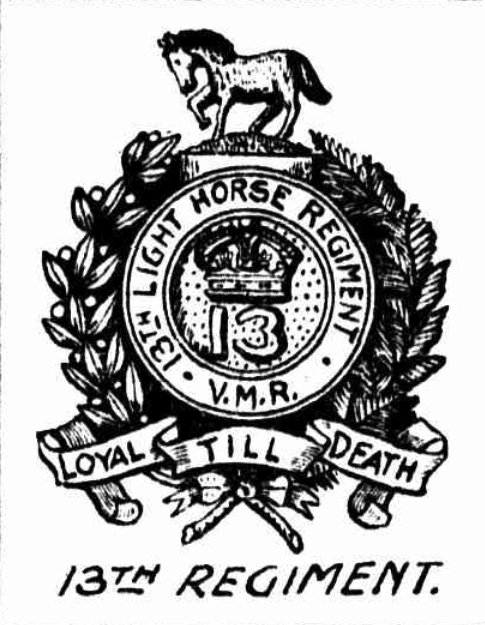
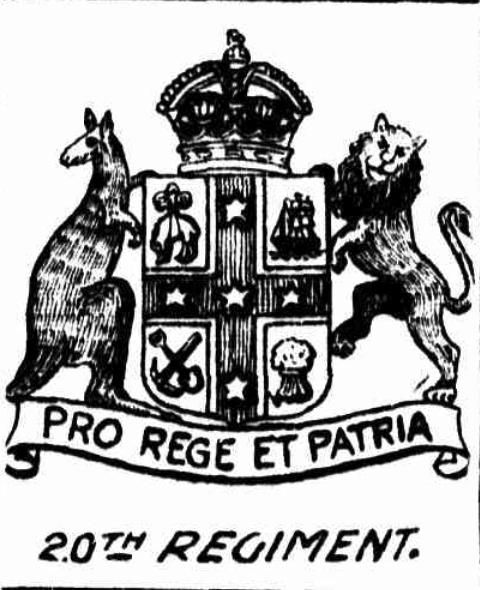
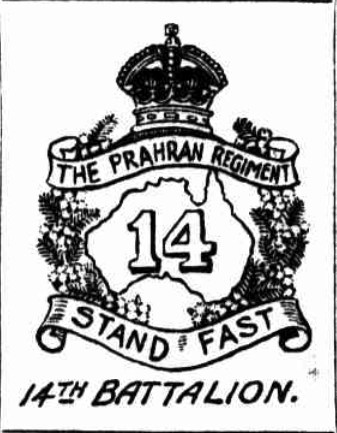
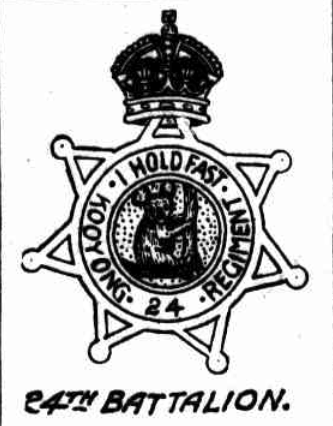
The Age (Melbourne), 7th and 14th September 1935 page 6. Battalions raised around Victoria.
World War 2
The second AIF was raised after the declaration of war in September 1939. Compulsory military service was for all men over 21 years was started. They had to complete three months training with the militia but were barred from joining the AIF so that home defences were ensured. An armoured division was raised in 1941.
In 1942 the militia were combined into a enlarged Commonwealth Military Force, divided to protect sections of Australia, with an effective conscription introduced for all men aged 18-35, and all single men aged 18-45. The battalion who served in Papua New Guinea would fight hard despite poor training and equipment, and suffer high casualties. They would be joined by the AIF from late 1942. In 1943 the Defence Act was altered to allow the Militia to serve south of the equator in South East Asia.
Australian forces were part of the British Commonwealth Occupation Force (BCOF) in Japan from 1946 until 1952.
Post WW2
Unlike previously where civilian forces made up most of peace time requirements, a permanent Australian Force was formed.
Australian Defence personnel were deployed in the Korean, (1950-1953) and Malaysian (1955-1963), and Vietnam ( 1962-1971) conflicts. Australians have supported UN forces, contributed in the Gulf Wars, in Afghanistan and in Iraq.
